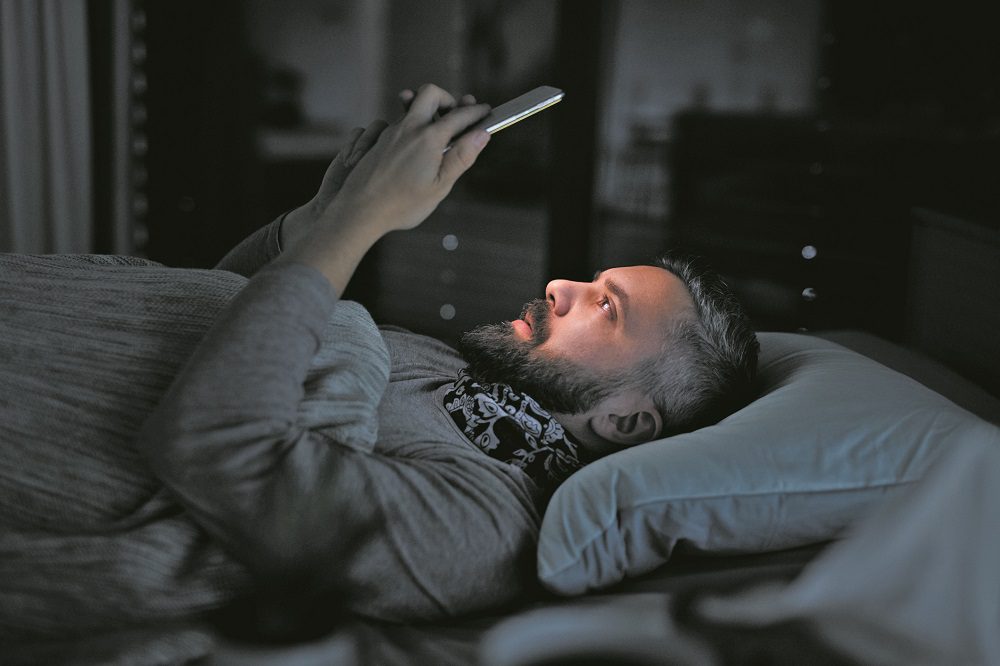Are you spending far too much time scrolling through posts on Facebook and Instagram? Sending out tweets on Twitter? Watching videos on Snapchat? Warning: These apps are designed to be addictive. They start off as fun. With every photo of a friend or funny meme, our brain is rewarded with a hit of dopamine—the brain chemical released when we do something we enjoy. And that keeps us coming back for more. But: The more we indulge in that digital dopamine dispenser, the more unhappy, anxious or depressed we are likely to become.
If we continue to consume our drug of choice, over days or weeks the initial pleasure response gets weaker and shorter in duration and the after-response—pain—gets stronger and longer. Over time, we end up in a chronic dopamine-deficit state where, when we’re not doing our “drug, ”we experience the universal symptoms of withdrawal (anxiety, irritability, insomnia, depression) from any addictive substance—nothing else is enjoyable, and we need our drug not to get high but just to feel normal.
Solution: Experiment with a dopamine fast. Take a break from digital products for a set period of time…at least one day but preferably longer. This break allows the brain’s dopamine reward system to reset itself and gives us an opportunity to reflect on our compulsive use.
What to do: Set a specific “quit” date, and let people around you and online know before and during that you will be offline and not available. Even better: Encourage others to take the digital break with you—there’s great strength in community.
During the fast, stay active doing non-screen–based activities that involve moving your body, such as exercising and being outdoors, which can help mitigate some withdrawal side effects. Also: Write down or record your feelings as you go through the fast, so you can be mindful of what you’re experiencing and share the experience with others.
Warning: Indulging in other high-dopamine rewards, such as watching TV, eating sweets or using addictive substances, is not helpful. Replacing one reward with another can lead to cross-addiction and prevent the reward pathway from resetting itself.
When the fast is over: Make a list of what was good about taking a digital break and what was bad. Boredom and social isolation usually top the list of bad things. Topping the list of good things includes less anxiety and depression…getting more done…reduced compulsions to check our phones/be online…and increased ability to be more present and think creatively, not just react to external stimuli.
After the fast, you will be better able to reintegrate the digital world into your life again, but with a bit more wisdom.


